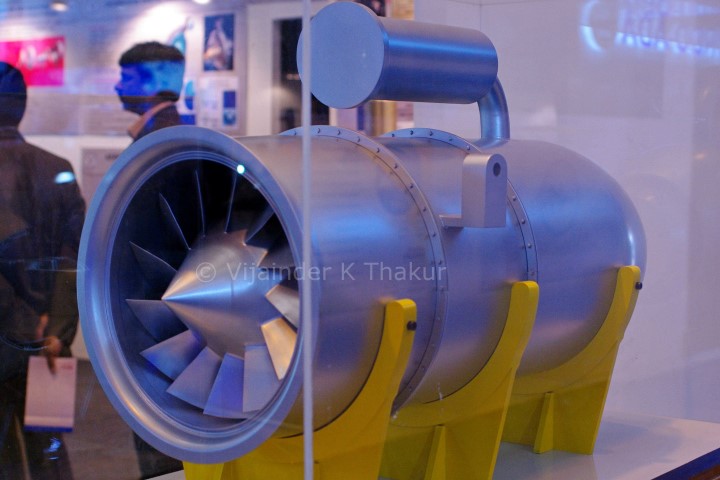Tejas LCA Mk-1 at Aero India 2015
On December 14, 2016 HAL (ARDC) released a Request For Quotation (RFQ) for Supply of AESA Radar for Light Combat Aircraft (LCA Mk1A) Program.
The RFQ was limited to the following vendors
- Elta Systems, israel
- Saab, Sweden
- Raytheon, USA
- Thales, France
- Rosoboronexport, Russia
ARDC wants an AESA Radar that can be integrated with other onboard avionics of the LCA, its EW suite comprising Digital RWR and podded jammer, combined interrogator & transponder (CIT), short range air to air missiles and BVR missiles.
The AESA must be supplied with a compatible Radome.
The selected vendor is to
- Supply a contemporary AESA Radar along with technical support for integration, ground/flight testing and certification.
- Supply 3 aircraft sets of Radar for Trial Modification and certification phase and subsequently against anticipated orders for 80 aircraft sets for series production.
- Enter into a ToT for Repair/overhaul/servicing of AESA Radar and connected items by HAL at its facilities under a Transfer of Technology (TOT) agreement aat the appropriate stage.
- Provide supplies and services needed for product support to HAL’s customers.
The supply contract would be implemented in phases as follows
- Trial Modification & Certification Phase
- Series Production Phase:
Trial Modification & Certification Phase
HAL will release purchase order for 3 aircraft sets of Radar system. SOF testing should be completed on the three aircraft sets before delivery.
HAL will arrange for two aircraft to be used for trial modification, Integration, flight testing and certification.
Series Production Phase
It is estimated that a total of 80 AESA Radar system sets would be required. Series production is expected to commence from year 2019. The production of Radar systems is planned to be executed in a phased manner as follows.
Phase-0: Direct purchase of 24 Radar system sets in fully formed condition.
Phase-1: Manufacture of 08 Radar system sets by HAL based on Semi Knocked Down (SKD) kits to be supplied by the vendor.
Phase-2: Manufacture of 48 Radar system sets by HAL based on transfer of technology to HAL by the vendor.
During series production programme, Purchase orders are planned to be placed for annual requirement depending upon the number of aircraft to be produced in each year based on customer orders. Issue of this RFQ does not create any obligation whatsoever on HAL to place orders for series production.
Platform Integration
Vendor shall be responsible for integration of the AESA radar with LCA Mk1A platform and avionics systems.
Vendor shall be responsible for Design and Development of a compatible Radome conforming to the established outer mold line (OML) specifications for the LCA Mk1A and tailored to optimize operational performance of the AESA radar.
Vendor shall be responsible for integration of the AESA Radar with EW suite consisting of Digital RWR and podded Jammer on LCA Mk1A platform as per LCA Mk1A requirements, in coordination with the Vendor of EW Suite to ensure interoperability of Radar, EW suite and other avionics system.
Vendor shall be responsible for integration of AESA radar with Indian IFF interrogator/ Transponder (CIT) as per LCA Mk1A requirements.
Vendor shall be responsible for integration of AESA radar with third party BVR missile as per LCA Mk1A requirements.
IPR
HAL shall have exclusive worldwide sale and product support rights for the LCA MK1A aircraft or its variants fitted with the Radar system being developed specifically for LCA Mk1A programme through the present RFQ. HAL shall also have the right to use the Radar system or its adapted versions on any other airborne platform designed or produced by HAL for use by Indian defence customers.
IPR held by the vendor or his suppliers shall not in any way restrict or hamper by way of quantity or otherwise manufacturing of the Radar system by HAL under TOT-MFG or Repair & Overhaul by HAL under ToT-ROH.
The vendor shall not sell the Radar system being developed through this RFQ to any other customers or transfer the IPR of the system to any third party without prior written consent by HAL.
This clause shall continue to be in force for an indefinite period even after fulfillment of all activities and obligations covered under this RFQ.






